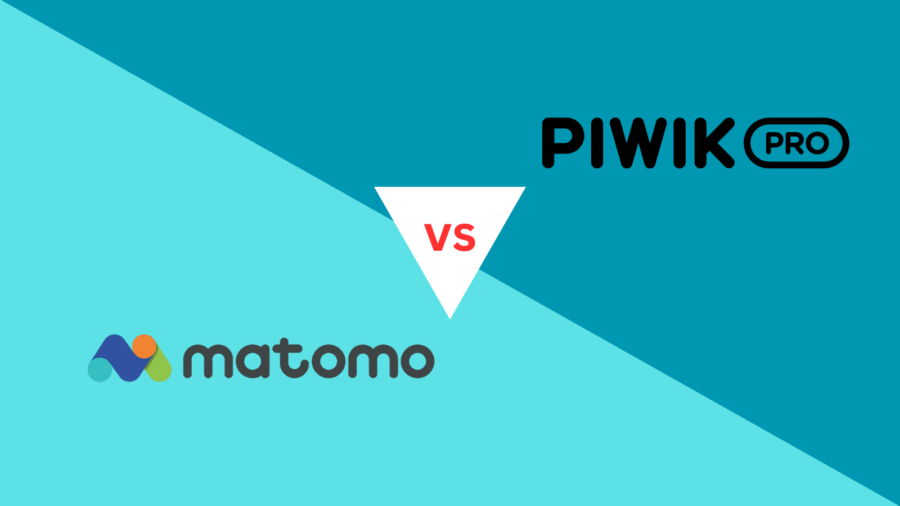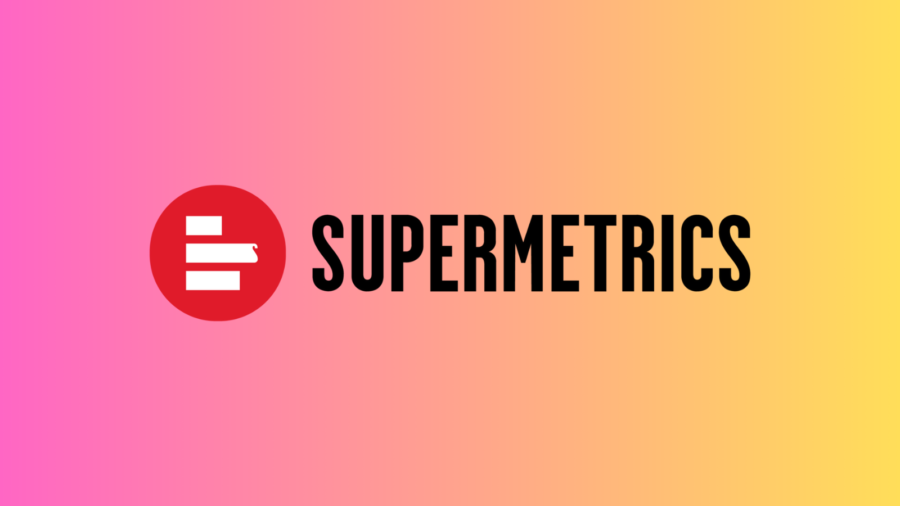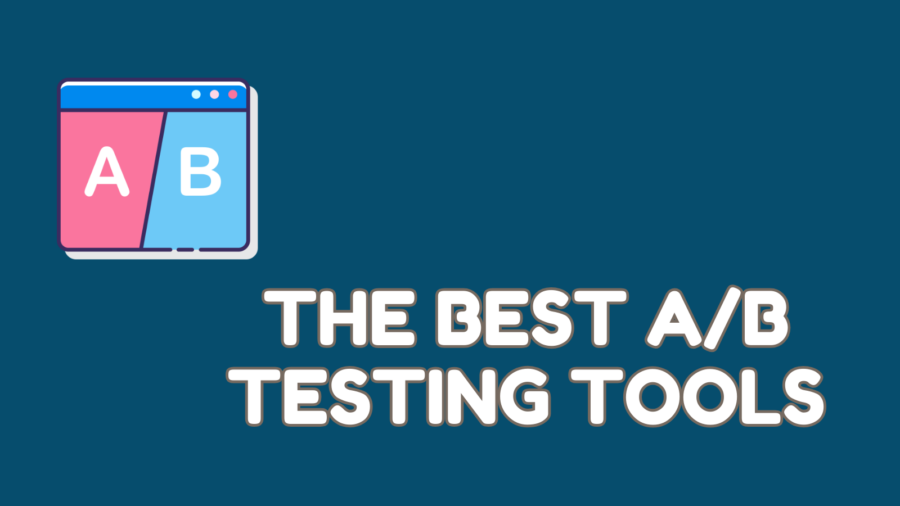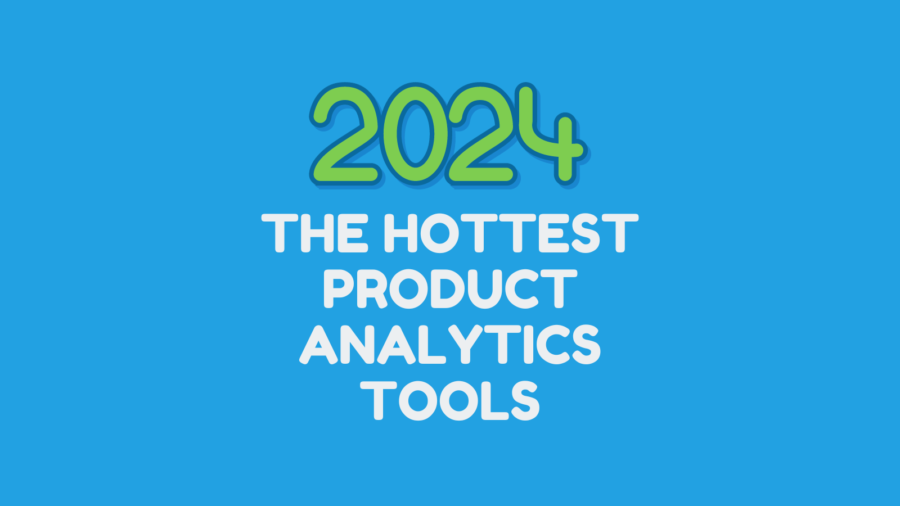Introduction: The Pursuit of Data-Driven Product Excellence
Data-driven insights are crucial for success. Product analytics tools have become essential assets, empowering Product Managers and stakeholders to understand user behavior, optimize product experiences, and drive business growth. Among the leading players in the product analytics space are Pendo and Kissmetrics, each offering unique features and capabilities to support product teams. In this comprehensive comparison, we will explore the functionalities, advantages, and limitations of Pendo and Kissmetrics, helping product managers and stakeholders choose the most suitable tool to fulfill their specific needs and objectives.
Understanding Pendo: Enhancing User Engagement and Adoption
Pendo: A Comprehensive Product Analytics Platform
Pendo is a versatile and robust product analytics platform designed to provide valuable insights into user behavior within web and mobile applications. By utilizing JavaScript snippets and software development kits (SDKs), Pendo captures detailed data on how users interact with the product. The platform then presents this data through interactive visualizations, including heatmaps and session recordings, offering product managers deep insights into user engagement and interactions.
One of Pendo’s standout features is its powerful in-app messaging and nudging capabilities. Through targeted messages, surveys, and walkthroughs, product managers can guide users through the onboarding process, increase feature adoption, and promptly address pain points. Additionally, Pendo’s native user feedback collection mechanisms, such as Net Promoter Score (NPS) surveys and in-app polls, provide valuable insights into user sentiment, enabling product teams to make informed decisions. Pendo’s focus on user engagement and feature adoption optimization makes it an excellent choice for product teams seeking to prioritize user satisfaction and retention.
Pendo’s Strengths:
Pendo’s core strengths lie in its in-app messaging, feature-specific analytics, and user feedback collection. The in-app messaging feature empowers product managers to communicate directly with users, offering guidance, answering questions, and encouraging specific behaviors. This capability enhances user onboarding and drives product adoption by ensuring users understand the product’s value and how to utilize its features effectively.
Additionally, Pendo’s feature-specific analytics allow product managers to gain a deeper understanding of how users interact with individual product features. This insight aids in identifying popular features, areas for improvement, and potential pain points, ultimately guiding product development efforts. Moreover, the native user feedback collection mechanisms enable product teams to gather real-time feedback from users, helping them make data-driven decisions to improve the product continuously.
Understanding Kissmetrics: Unraveling User Journey Insights
Kissmetrics: A Customer Journey Analytics Platform
Kissmetrics is a powerful customer journey analytics platform that focuses on tracking and analyzing user behavior throughout their interactions with the product. By associating user actions with individual identities, Kissmetrics provides a holistic view of the customer journey, enabling product managers to understand how users engage with the product over time. Kissmetrics’ event tracking capabilities enable product teams to define custom events and analyze specific user interactions in-depth.
One of Kissmetrics’ standout features is its funnel analysis, which allows product managers to visualize user conversion paths and identify areas for optimization. By tracking user behavior through conversion funnels, product teams can pinpoint bottlenecks in the user journey and implement targeted improvements to enhance user engagement and retention. Additionally, Kissmetrics offers cohort analysis, enabling product managers to group users based on shared characteristics and behavior. This segmentation provides valuable insights for personalizing user experiences and tailoring product offerings to specific user groups.
Kissmetrics’ Strengths:
Kissmetrics’ primary strengths revolve around its focus on customer journey tracking, funnel analysis, and cohort segmentation. The platform’s ability to associate user actions with individual identities allows product managers to build a comprehensive understanding of user behavior and preferences over time.
Kissmetrics’ funnel analysis empowers product teams to optimize conversion rates and identify potential points of user drop-off. By visualizing user paths and interactions, product managers can make data-driven decisions to streamline the user experience and drive more significant business outcomes.
Cohort analysis in Kissmetrics allows product managers to group users based on shared attributes or behaviors, providing insights into the impact of product changes on different user segments. This level of granularity enables personalized messaging and interventions, ultimately leading to improved user engagement and retention.
Feature Comparison: Pendo vs. Kissmetrics
Data Collection and Integration:
Both Pendo and Kissmetrics offer robust data collection options through SDKs, ensuring data accuracy and real-time insights. Pendo primarily focuses on web and mobile applications, while Kissmetrics provides more extensive customer journey tracking, including email and web interactions.
User Behavior Tracking:
Pendo excels in capturing detailed user interactions through features like heatmaps and session recordings, offering visual insights into user behavior. Kissmetrics, on the other hand, focuses on associating user actions with individual identities, enabling a comprehensive view of the customer journey.
In-App Messaging and Nudging:
Pendo leads in providing comprehensive in-app guidance with targeted messages, surveys, and walkthroughs. These features enhance user onboarding, feature adoption, and prompt issue resolution. Kissmetrics does not emphasize in-app messaging capabilities like Pendo does.
Data Exploration and Visualization:
Both Pendo and Kissmetrics provide robust data exploration and visualization features. Pendo offers interactive visualizations, such as heatmaps and session recordings, providing insights into user engagement and interactions. Kissmetrics emphasizes funnel analysis and cohort segmentation, enabling product managers to understand the customer journey and optimize conversion rates
.
User Feedback Collection:
Pendo’s native feedback collection mechanisms, including NPS surveys and in-app polls, make it a leader in gathering user sentiment and feedback. Kissmetrics does not offer built-in native feedback collection features.
Integration with Other Platforms:
Pendo offers integration capabilities with other tools and platforms, streamlining data workflows for product teams. Kissmetrics also provides integrations, allowing product managers to leverage data from various sources for comprehensive analysis.
Pricing and Scalability:
Pendo’s pricing is typically based on the number of active users, making it scalable for growing products. Kissmetrics’ pricing is based on data volume, potentially making it more cost-effective for smaller businesses with lower data requirements.
Conclusion: Leveraging Analytics for Product Success
In conclusion, both Pendo and Kissmetrics are powerful tools that cater to diverse product analytics needs. Pendo’s strength lies in its in-app messaging, feature-specific analytics, and user feedback collection, making it ideal for product teams seeking to prioritize user engagement and feature adoption.
On the other hand, Kissmetrics shines in its focus on customer journey tracking, funnel analysis, and cohort segmentation. Product managers looking to gain comprehensive insights into the user journey, optimize conversion rates, and personalize user experiences will find Kissmetrics to be a valuable asset for their data-driven product strategies.
Ultimately, the choice between Pendo and Kissmetrics depends on the specific requirements and objectives of the product team. By understanding the unique features and strengths of each tool, product managers and stakeholders can harness the power of product analytics to drive business success and deliver exceptional user experiences.
Check more comparisons from our Unraveling the Power of Product Tools series.
Know more about Kissmetrics and Pendo.





